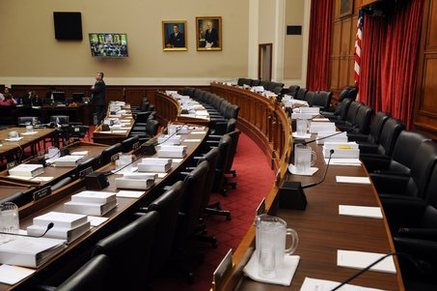Congressional Committees
A Day - January 27th
B Day - January 30th
|
For today's lesson, we will be focusing in on Congressional Committees, which we discussed last class.
We will start by making connections to the previous lesson, before moving on to collect guided notes: guided note sheet and Prezi. We will then discuss the relationship between Committee Assignment, power, and money. Following our discussion, you will have the opportunity to conduct research on the Congressional Committee that most greatly affects your policy issue for your Issue Project. You will use this handout to collect your research. |
Research Resources
|


